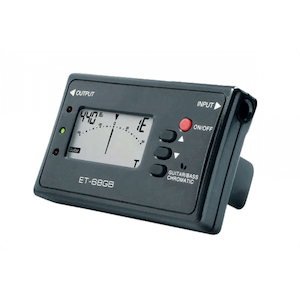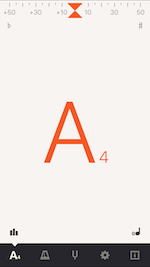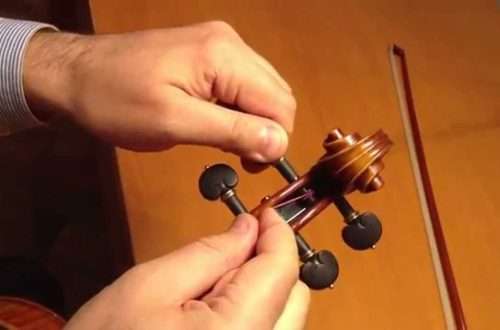
How to tune a harp
How to tune a harp
On Celtic harps, levers are used instead of pedals.
- The lever has two positions – up and down.
- The difference between the top and bottom positions is a semitone.
- Lever “to” is marked in red
- Lever “Fa” is marked in blue
Levers harp tuning.
There are many difficult words to say about the tuning of the Celtic harp, but let’s make it as easy as possible for those who may be seeing the harp for the first time. To the question “why is the harp tuned this way?” I will answer, with such a tuning of the harp, the maximum number of pieces will be available to you for performance. It’s just convenient.
- We lower all levers.
- We consider the strings to ourselves “ Do , re, mi, fa , salt, la, si, do ” And so in a circle .

- We lift up the levers: “Mi”, “la”, “si” throughout the harp.
This is the basic position of the levers on the harp.
- In this position, you need to tune the harp.
- In this position, the harp “on the backs” is like the white keys of a piano.
Levers: “Mi”, “la”, “si” have two positions:
- Down – flat (E flat, A flat, B flat)
- Up – becars (Mi becar, la becar, si becar)
Lefters: “ Do ”, “re”, “ fa ”, “sol” also have two positions
- Down – becars
- Up-sharps
If you don’t know what sharps and flats are, just ask Yandex, unfortunately it’s pointless to present the course of theory and tuning of the harp in one article.
Tuning a harp with a tuner
This instruction is suitable for both classical and Celtic harp.
You can read about the features of tuning the Celtic harp here: Levers, how to tune the harp
- It is advised to tune the harp “Flat” (if you do not understand what this means, then you are here: (link will appear when the article is written)), but at first it can be difficult.
- I will tell you how to tune the harp “on the backs”, when you get comfortable, you can easily tune the harp on the flats if necessary.
- Before the performance, it is worth checking the harp’s tuning in the tone you are going to play, as some harps “build” badly (read about this here: (link will appear when the article is ready)
- This article will tell you exactly how to tune a harp using a tuner, read about the principles of tuning the harp itself here: (the link will appear when the article is ready)
PS from the author: The site promises to be very informative, but not all at once. New articles come out almost every day, check back in a week)
What are tuners
Portable

Some tuners come with an external microphone (such tuners are preferred)

- The pictures are taken for the sake of an example, do not pay attention to the company.
Clothespin tuner
Tuners with a clothespin can be hooked to the hole in the sound box (what is it and where, you can read here: The structure of the harp )

Tuner on the phone
It’s basically just a phone app. Very convenient, always with you. If the sensitivity of the smartphone is not enough, you can buy a microphone for it. In most cases, it is enough.
Whichever tuner you choose, the principle of operation will be the same.
I will show an example of tuning a harp on a Cadenza mobile tuner (read more about the program here: Useful phone apps for harp
And so, for convenience, we will tune the harp “on the becars” (for a pedal harp, all pedals should be in the middle position, for a Celtic harp, read here: Levers, how to tune a harp
- Each note is identified by its own letter.
A – la
B (H) – si
From – to
D -re
E -mi
F – fa
G -salt
- If you are tuning the harp “on the becars”, then there should not be any other signs next to the letters.
- Symbols may appear next to letters:
# – sharp
b – flat
If they appeared when the harp was “on the becars”, then something went wrong.
Let’s look at an example for the string A (la) :
If the string is tuned correctly, then the upper and lower triangles will coincide (sometimes on portable tuners you can meet an arrow instead of the lower triangle, but the meaning remains the same)
So: string la ( A ), there are no extra signs, so everything is fine, you can move on to the next string.

- The number next to the letter indicates the number of the octave, but it usually makes no sense to look at it, on the harp they count octaves according to the “harp”, and the tuners are universal, so you should not pay attention to the number.
If the string is tuned too high, but the lower triangle will be shifted to the right:

If the string is tuned low, the lower triangle will be shifted to the left:

What to do if other signs appear next to the letter A :
- Ab – Instead of A , the tuner draws A with a b sign – this means that the “A” string is tuned very low, you need to pull it higher. (Attention, check that this is really an A string, and not, for example, a salt)
- G # Instead of A , the tuner can also draw G# (previous string) – this is the same as Ab , different tuners can draw differently.

- Instead of A , the tuner draws A with a # sign – this means that the string is tuned very high (half a step), you need to lower it. (Pay attention, we first look at the sign, and then at the arrow)

For other strings, everything is the same, only there will be other letters.





